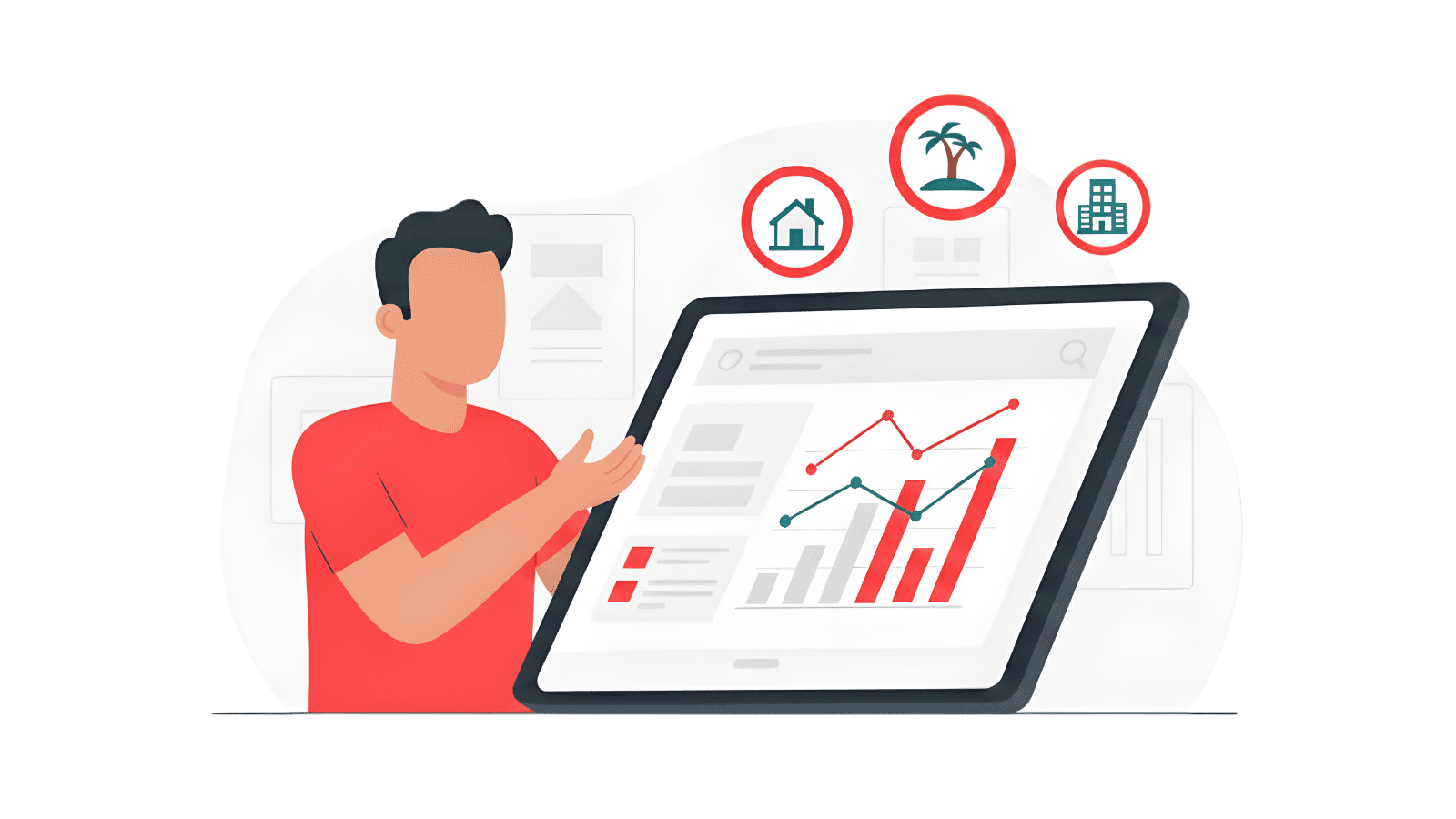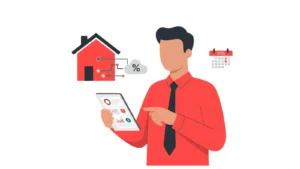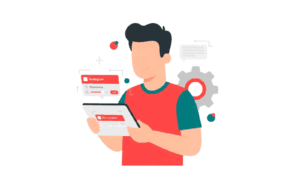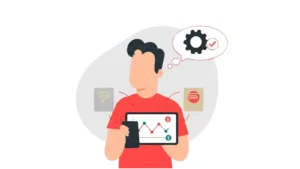Updated : Nov 19, 2025
Managing rates for a group of 50 or more properties on Booking.com isn’t a job for a calculator and a spreadsheet. To really win, you need smart, automated revenue management strategies that go way beyond just fiddling with prices manually.
For big operators, optimizing rates means using booking.com pricing software like Pricelabs with occupancy forecasting and rate optimization to ensure you’re always charging the right price. This software uses data to suggest the best rates, predict how booked your properties will be (occupancy forecasting), and respond instantly to market conditions.
With the right tools and approach, large property managers can see their income jump by 20-30% while making their day-to-day work much easier across their entire portfolio. This comprehensive guide explores the essential strategies, tools, and implementation tactics needed to optimize Booking.com rates at scale.
Understanding Booking.com Rate Optimization for Large Portfolios
Think of rate optimization as employing a 24/7 revenue expert for every unit you manage, constantly fine-tuning prices to maximize both bookings and yield. This system uses continuous data analysis to adjust rates based on current market behavior, competitor moves, your set customizations, and your real-time booking pace.
For managers running 50+ listings, this sophisticated approach isn’t a nice-to-have—it’s a fundamental business requirement. Manually setting rates across that many doors is not only inefficient but also guarantees significant revenue leakage.
Effective rate optimization hinges on three core strategic pillars:
- Demand-Based Pricing: Rates are liquid and respond instantly to shifts in market demand (e.g., maximizing profit during a local festival or convention).
- Competitive Positioning: Ensuring your pricing is always positioned strategically against comparable listings in your local “comp set.”
- Occupancy Balancing: Achieving the optimal equilibrium between maximizing fill rates (occupancy) and securing the highest possible Average Daily Rate (ADR).

By deploying the right dynamic pricing tools across your large portfolio, you can realistically expect revenue increases of 20% or more, as seen in Mexico, where listings with high dynamic pricing saw a 148% in RevPAR as compared to listings with no dynamic pricing, while simultaneously eliminating the operational overhead of manual pricing.
Why Professional Portfolio Managers Must Automate:
- Manual Scale is Impossible: Checking and updating dynamic rates for 50+ listings daily is a full-time, labor-intensive job that is prone to costly human error.
- Localized Strategy: A beachfront condo in Miami requires a radically different strategy than a mountain cabin in Colorado. The tools must handle distinct local market conditions within a unified system.
- Revenue Loss Multiplies: A small $10 pricing mistake across 50 properties quickly compounds into significant annual revenue loss. Precision is paramount.
- The Data Advantage: Your large portfolio generates massive data sets, which feed the machine learning models, making the software’s predictions (and your profitability) exponentially more accurate.
Stop Guessing. Start Automating.
Unlock untapped revenue with AI-driven dynamic pricing that instantly syncs rates across all your OTAs (Airbnb, Booking.com, Expedia). See your potential uplift now.
Start Free TrialImplementing Scalable Dynamic Pricing Across Multiple Properties
Dynamic pricing is the automated adjustment of your nightly rates in real time. It reacts instantly to current booking velocity, competitor price changes, specific local events, and market demand signals. For high-volume portfolios, this level of property management automation is mandatory.
The starting point is selecting booking.com pricing software engineered for multi-property management. These advanced systems are proven to boost both occupancy and income. The optimal deployment strategy involves setting a primary, company-wide set of pricing rules, then enabling specific overrides and customizations for each unique property or micro-market. Tools like PriceLabs Dynamic Pricing Software help you set customizations and pricing rules for your portfolio, which are automatically pushed to your booking.com listings.

The Property Management System (PMS) integration is the foundational, critical step. This connection allows your pricing software to “speak” directly to your PMS, ensuring that every calculated optimal rate is automatically distributed to all sales channels (Booking.com, Airbnb, your direct booking site, etc.). This integration eliminates rate disparity and simplifies operational oversight.
Essential Criteria for Multi-Property Dynamic Pricing Tools:
- Real-Time Rate Updates: Rates automatically refresh based on immediate market changes.
- Central Dashboard: A single platform to oversee and manage the rates for the entire 50+ property portfolio.
- Auto-Sync with Booking Channels: Instantly pushes rate changes to Booking.com and all connected OTAs.
- Advanced Data Analysis: Capabilities to identify complex booking trends invisible to the human eye.
- Custom Rules: Granular control to apply unique minimum/maximum price limits or seasonal rules per property.
- Performance Tracking: Detailed, consolidated reporting on key revenue metrics across the whole portfolio.
The most effective rollout strategy is phased: test and refine the pricing algorithms on a small subset of properties before expanding across the entire portfolio.
Leveraging Occupancy Forecasting to Improve Pricing Accuracy
Occupancy forecasting is your revenue manager’s crystal ball. It uses predictive analytics to anticipate future fill rates by analyzing historical patterns, current trends, seasonality, and major external drivers (e.g., university graduations, trade shows).
This predictive capability is crucial because it facilitates proactive rate adjustments. You can strategically increase rates well in advance when the forecast signals high demand, or intelligently apply a discount during an anticipated slow period. This is the core engine of occupancy-based pricing models.
Modern systems deploy AI and Machine Learning for precision:
- Gathering Data: Collects and processes historical bookings, competitor data, and hyper-local event calendars.
- Advanced Analysis: Algorithms detect non-obvious patterns and demand sensitivities.
- Predicting Demand: Projects expected booking levels for specific future dates.
- Optimizing Pricing: Sets dynamic rates tailored to forecasted demand levels (high demand = premium pricing).
- Monitoring: Compares actual bookings to the prediction, continually refining the AI’s accuracy.
The more comprehensive data generated by a large portfolio directly improves occupancy forecasting accuracy, allowing the software to learn faster and make more precise pricing decisions.
Integrating Market and Competitor Data into Pricing Decisions
Market data integration requires automatically factoring in essential external signals—such as your competitors’ dynamic rates, local economic indicators, and demand events—into your pricing structure. Competitor benchmarking ensures your pricing is always responsive and optimally positioned.
To execute this effectively, you need automated and reliable data feeds:
- Local Event Calendars: Identifies predictable and unpredictable demand spikes for proactive pricing.
- Competitor Rate Tools: Track real-time pricing and inventory for your specific “comp set” properties.
- Seasonal Pattern Analysis: Confirms recurring demand cycles for long-term strategy planning.
Leading large-scale operators utilize comprehensive systems to monitor competitor activity in every market they touch. This allows your dynamic pricing tools to instantly and automatically adjust rates in response to a rival’s price change, ensuring you never sacrifice profitability.
The implementation steps include:
- Setting up automated feeds to ingest competitive and market data.
- Defining granular “competitive sets” for each individual property.
- Establishing real-time alert triggers for significant market shifts.
- Creating automated, conditional rules (e.g., “If Comp Set ADR rises by 5%, increase my rate by 3%”).
Rapid market responsiveness is paramount, especially during high-demand periods when the opportunity to capture revenue is greatest. This systematic data integration provides professional property managers with a measurable competitive edge over less technologically advanced competitors. Bookings or higher revenue?
Most large portfolio operators begin to see noticeable improvements in occupancy-based pricing models and revenue per available room (RevPAR) within 60 to 90 days of full implementation. It takes a little time for the system to gather enough data and for the market to react to the new, optimized prices.
Frequently Asked Questions
1. What’s the fundamental difference in results between manual pricing and using dynamic pricing software?
The difference is best measured in yield and efficiency. Manual pricing is static, inherently delayed, and prone to costly human errors. Dynamic pricing tools provide instant, 24/7 rate adjustments based on real-time market data. This superior speed and accuracy translate directly into higher Revenue Per Available Room (RevPAR) than any manual approach. You’re replacing reactive guesswork with proactive data science.
2. Does dynamic pricing mean my rates will only increase? How do I avoid pricing myself out of the market?
The strategic goal is not the maximal price, but the optimal price. The software aims to capture the maximum possible revenue for every single night. This means it will strategically decrease rates during forecasted low-demand periods to boost occupancy and secure cash flow, while only increasing rates during true market surges. This ensures your listing remains competitively positioned at all times, avoiding lost bookings.
3. What is the true operational benefit of Property Management System (PMS) integration for pricing?
PMS integration is the operational backbone. It establishes a seamless, automatic data pipeline between your central booking/operations hub (PMS) and the pricing engine. This guarantees that every optimized rate is instantly reflected on Booking.com and across all channels, eliminating manual data entry, preventing price discrepancies, and, critically, ensuring real-time inventory sync to avoid overbookings.
4. Is relying on my own booking history sufficient, or is external market and competitor data integration essential?
Solely relying on internal booking data provides an incomplete picture—it’s like trying to navigate without a map. Market data integration is vital because your pricing success is always relative to your competition and external events. If a major local competitor runs a deep promotion or a city-wide event causes a demand spike, the software must know instantly to maintain strategic competitive positioning and revenue capture.
5. When selecting Booking.com pricing software for a 50+ unit portfolio, what are the non-negotiable features?
You must focus on tools built for scale. The non-negotiables are:
- Scalability & Stability: Proven performance managing 50+ units without latency or failure.
- Robust PMS Integration: Deep, reliable two-way communication with your existing operational software.
- Advanced Forecasting: Inclusion of high-precision occupancy forecasting and machine learning capabilities.
- Granular Custom Rules: The ability to implement complex, property-specific pricing overrides and constraints within the broader portfolio strategy.
6. Specifically, how does occupancy forecasting directly enhance my pricing decisions?
Occupancy forecasting transforms reactive pricing into a proactive revenue strategy. By predicting future occupancy based on historical data and current pace, the software anticipates demand peaks and valleys. If the forecast indicates an upcoming 95% occupancy rate, the system preemptively maximizes it. If it forecasts a drop to 40%, it triggers strategic early discounts to fill rooms—turning pricing into a data-driven science.
7. Does the pricing software’s performance improve the longer I use it?
Absolutely. The top systems leverage Artificial Intelligence (AI) and Machine Learning (ML). The AI analyzes every booking outcome (successful conversion, failed conversion, and guest behavior). This process continuously refines the system’s predictive models, making its pricing logic more precise and effective over time, thereby accelerating revenue performance for your portfolio.






